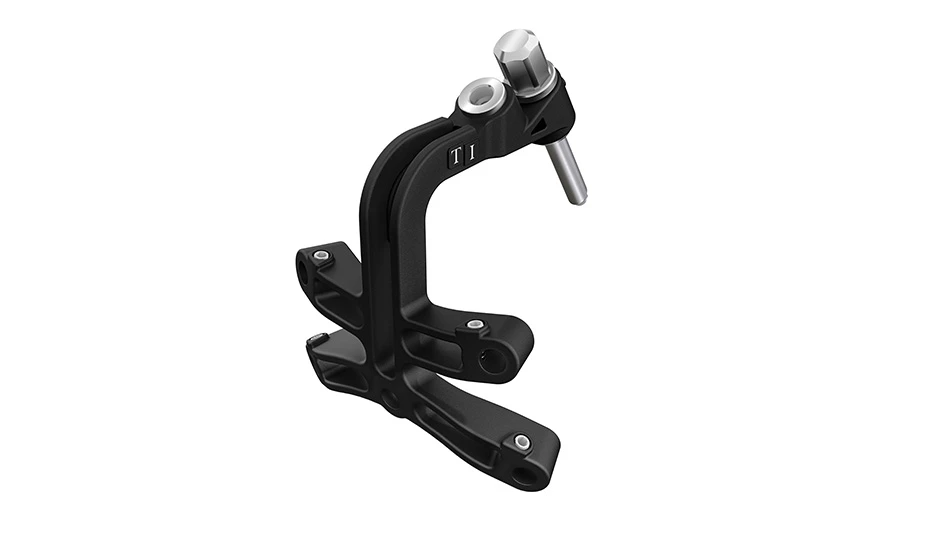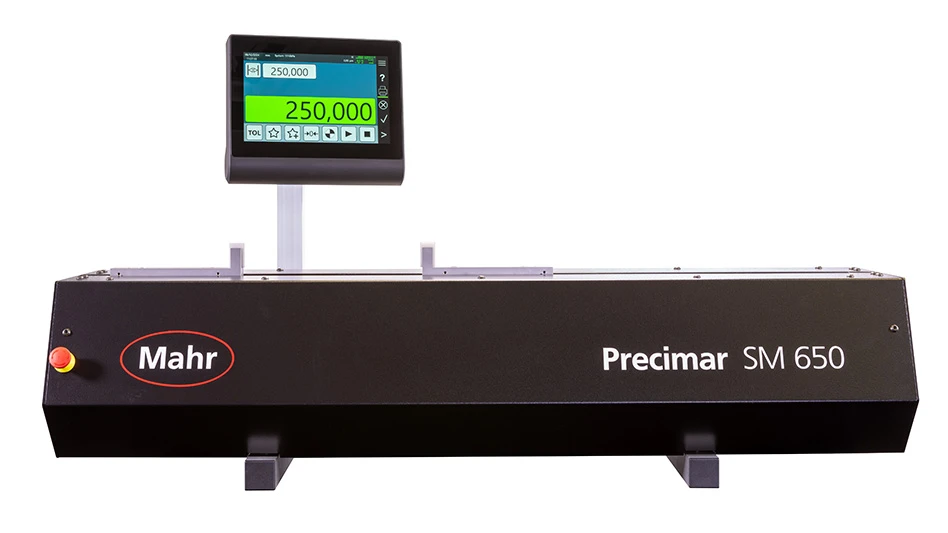
EModic@gie.net
Connected manufacturing creates efficiencies through the manufacturing process. It enables manufacturers to monitor production in real time, identify bottlenecks, and take action to improve processes. It’s used from predictive maintenance to real time inventory management, improving quality control to advancing sustainable manufacturing. But, while this digital transformation is a benefit for insights into operations through use of technologies that fall under the umbrella of Industry 4.0 (I4.0) – such as the cloud, artificial intelligence (AI), the Industrial Internet of Things (IIoT), wireless technology, and more – it’s also resulting in more increases in cyberattacks, as found in a new study.
A global study by Omdia, produced in partnership with Telstra International, found 80% of manufacturing firms experienced a significant increase in overall security incidents or breaches last year, but only 45% are adequately prepared in their cybersecurity. “While the convergence of information technology (IT) and operational technology (OT) can increase scale, resilience, and efficiency in operations, it also increases the attack surface for cyber threats,” the report summary notes.
The survey found that it cost manufacturers between $200,000 and $2 million, with the largest amounts being when incidents affected enterprise and corporate systems or production control. According to Ganesh Narayanan, Telstra International’s global head of cybersecurity, “the manufacturing and other industrial sectors historically relied on air gapping for security, where OT systems are typically segregated from corporate IT systems to protect against external threats. However, this approach is no longer sustainable with increasing IT-OT convergence, which expands the threat surface significantly.”
While acknowledging the value to industry of integrating IT and OT, he notes companies “must address risks to unlock its potential. Organizations should prioritize IT/OT and IoT security across six core areas: collaboration and planning, defining a strategy, bolstering technical expertise, assigning responsibility and accountability, leveraging the right tools, and expediting readiness with standards.”
Key findings from the report show respondents acknowledge I4.0 is the biggest factor driving the IT-OT convergence, with 86% of respondents saying connecting IT with OT was important or very important to achieve business outcomes. However, 80% of respondents noted in the past 12 months they saw a significant increase in overall security incidents or breaches, with the study finding most attacks started in IT (75%), not OT. Furthering risks to cyberattacks, just 45% were very prepared for IT/OT converged security; 42% were somewhat prepared; 13% had no formal process in place.
In addition to the financial loss from manufacturer cyberattacks, 31% also suffered operational downtime. It’s critically important for companies to stay ahead to manage cybersecurity risks across the IT/OT systems to ensure operational resilience. What is your company doing to protect its IT/OT systems?

Explore the April 2025 Issue
Check out more from this issue and find your next story to read.
Latest from Today's Medical Developments
- Arcline to sell Medical Manufacturing Technologies to Perimeter Solutions
- Decline in German machine tool orders bottoming out
- Analysis, trends, and forecasts for the future of additive manufacturing
- BlueForge Alliance Webinar Series Part III: Integrate Nationally, Catalyze Locally
- Robot orders accelerate in Q3
- Pro Shrink TubeChiller makes shrink-fit tool holding safer, easier
- Revolutionizing biocompatibility: The role of amnion in next-generation medical devices
- #56 Lunch + Learn Podcast with Techman Robot + AMET Inc.





